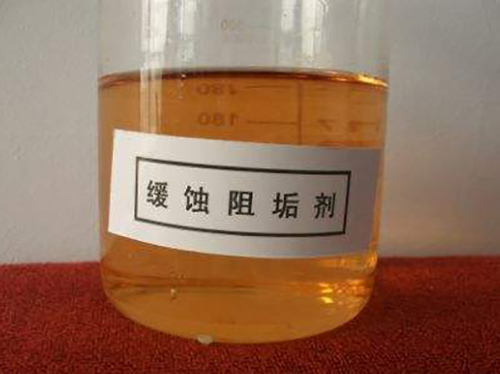Understanding the Applications and Benefits of PAC Poly Aluminum Chloride in Water Treatment
Understanding PAC Poly Aluminum Chloride
Poly Aluminum Chloride (PAC) is a versatile chemical coagulant extensively used in water treatment processes. It is a type of inorganic polymer made from aluminum chloride and is characterized by its effectiveness in purifying both drinking water and wastewater. This article explores the nature, advantages, applications, and environmental impact of PAC, providing a comprehensive overview for anyone interested in its benefits.
Understanding PAC Poly Aluminum Chloride
One of the primary advantages of PAC over traditional coagulants, such as alum, is its lower dosage requirement. Because of its higher efficiency, PAC can achieve the same or better results with less material. This not only leads to cost savings for water treatment facilities but also minimizes the sludge produced during the treatment process, aiding in more sustainable waste management.
pac poly aluminum chloride

Moreover, the pH range at which PAC can be effectively used is broader compared to alum, making it applicable to various types of water sources. Whether dealing with alkaline or acidic water, PAC can be adjusted to maintain optimal performance, allowing for greater flexibility in treatment procedures. This versatility is particularly advantageous for municipalities facing variable water quality throughout the year.
In terms of applications, PAC is not limited to drinking water purification. It is also widely used in the treatment of industrial wastewater, paper manufacturing, and even in the food industry. It helps in removing contaminants and ensures compliance with environmental regulations, making it an indispensable tool in modern water management.
However, like any chemical treatment, the use of PAC should be carefully managed. Overdosing can lead to residual aluminum in the treated water, which may pose health risks. Therefore, monitoring and controlling dosage levels is essential to ensure safety and efficacy. While the environmental impact of PAC is generally less severe than that of other coagulants, careful management practices help to uphold ecological standards.
In conclusion, Poly Aluminum Chloride is a crucial player in the field of water treatment. Its efficiency, flexibility, and cost-effectiveness make it a preferred choice for many treatment facilities. As water quality regulations become increasingly stringent, the role of PAC in promoting safe and clean water access will only continue to grow. The ongoing research and development in this area also promise to enhance the performance and sustainability of PAC, ensuring it remains relevant in the quest for clean drinking water and effective wastewater treatment in the future.
-
lk-319-special-scale-and-corrosion-inhibitor-for-steel-plants-advanced-solutions-for-industrial-water-systemsNewsAug.22,2025
-
flocculant-water-treatment-essential-chemical-solutions-for-purification-processesNewsAug.22,2025
-
isothiazolinones-versatile-microbial-control-agents-for-industrial-and-consumer-applicationsNewsAug.22,2025
-
scale-inhibitor-key-solutions-for-water-system-scale-preventionNewsAug.22,2025
-
organophosphonates-versatile-scale-inhibitors-for-industrial-water-systemsNewsAug.22,2025
-
scale-and-corrosion-inhibitor-essential-chemical-solutions-for-water-system-maintenanceNewsAug.22,2025





